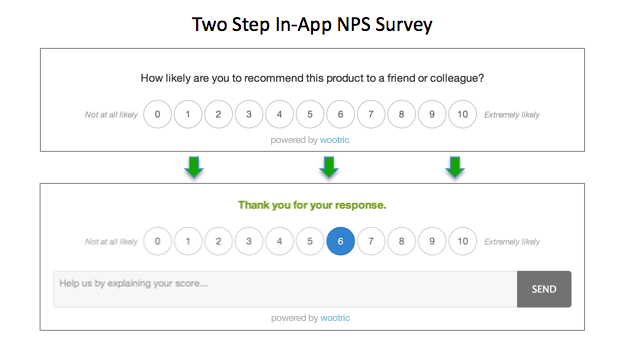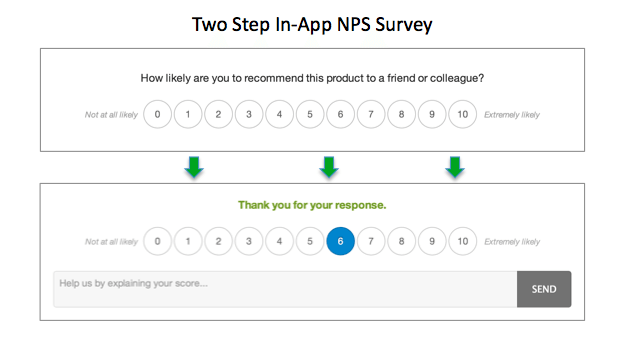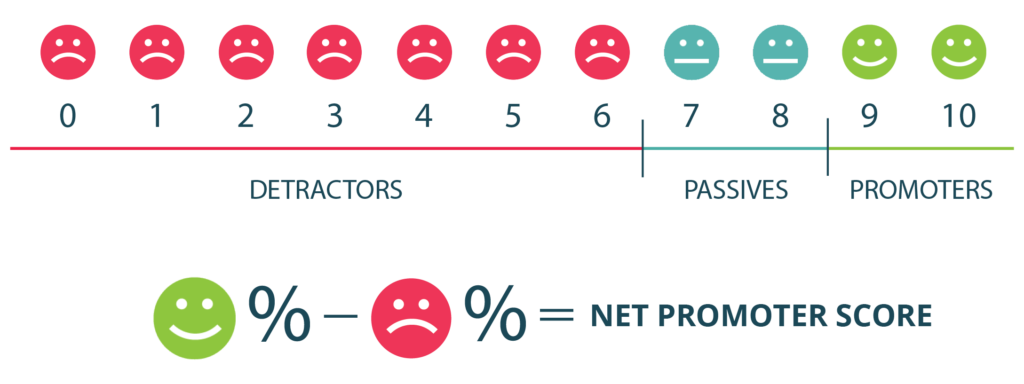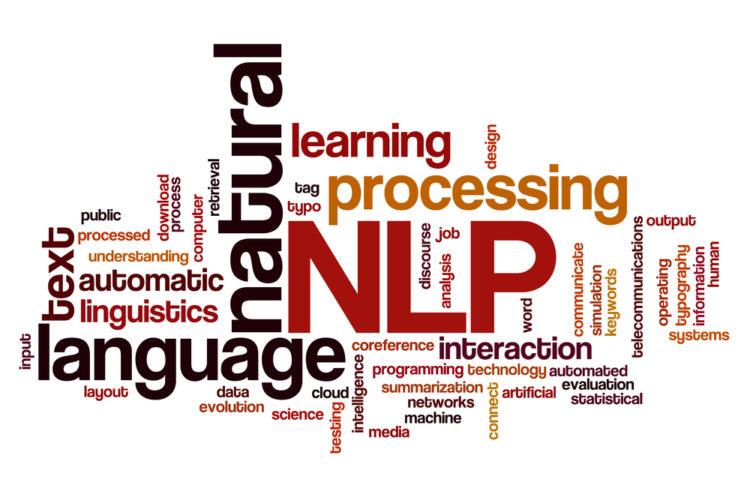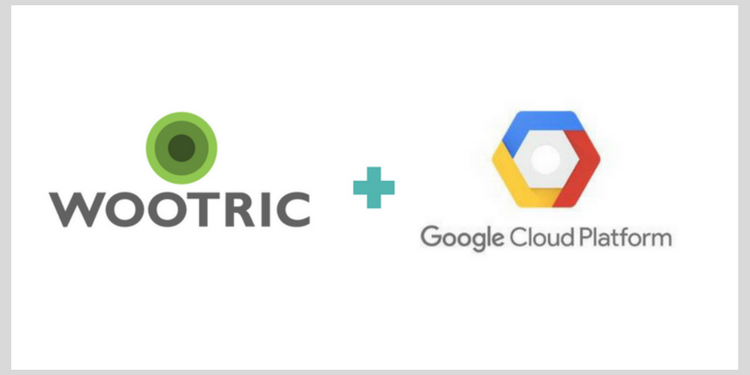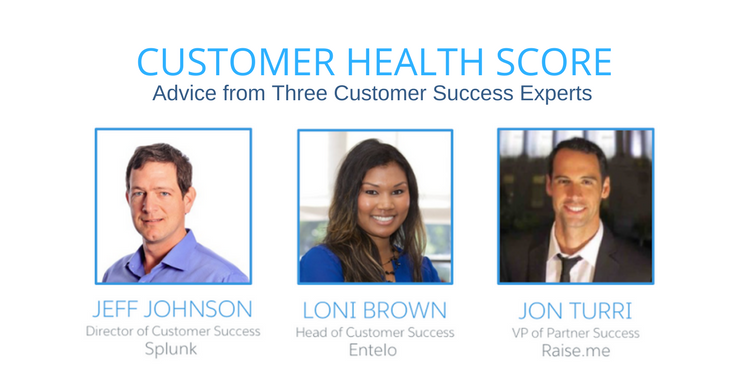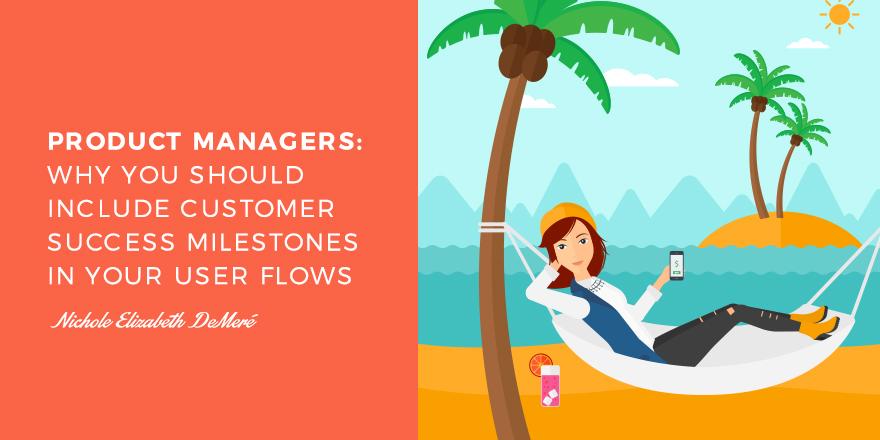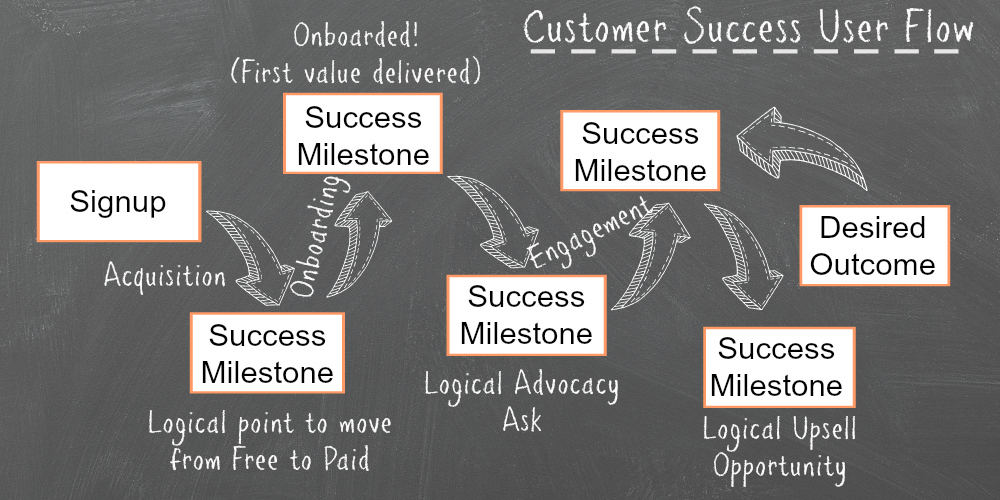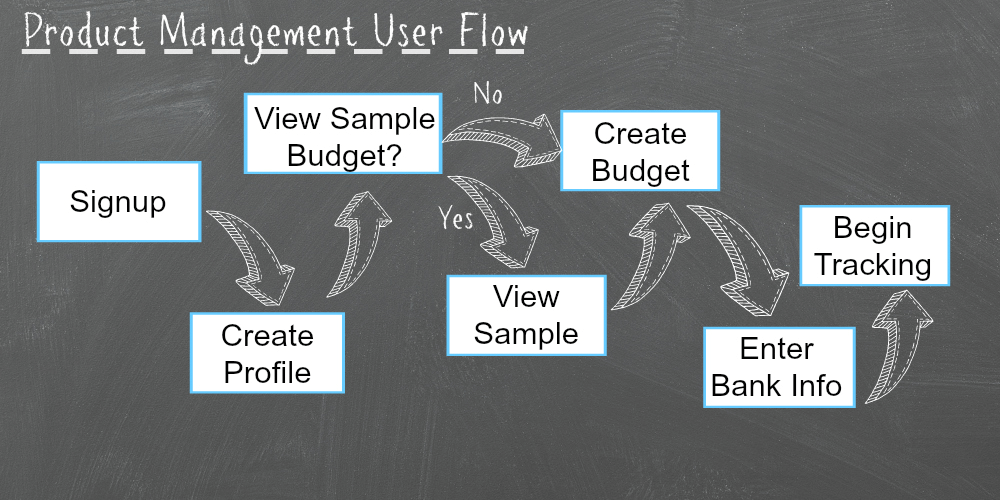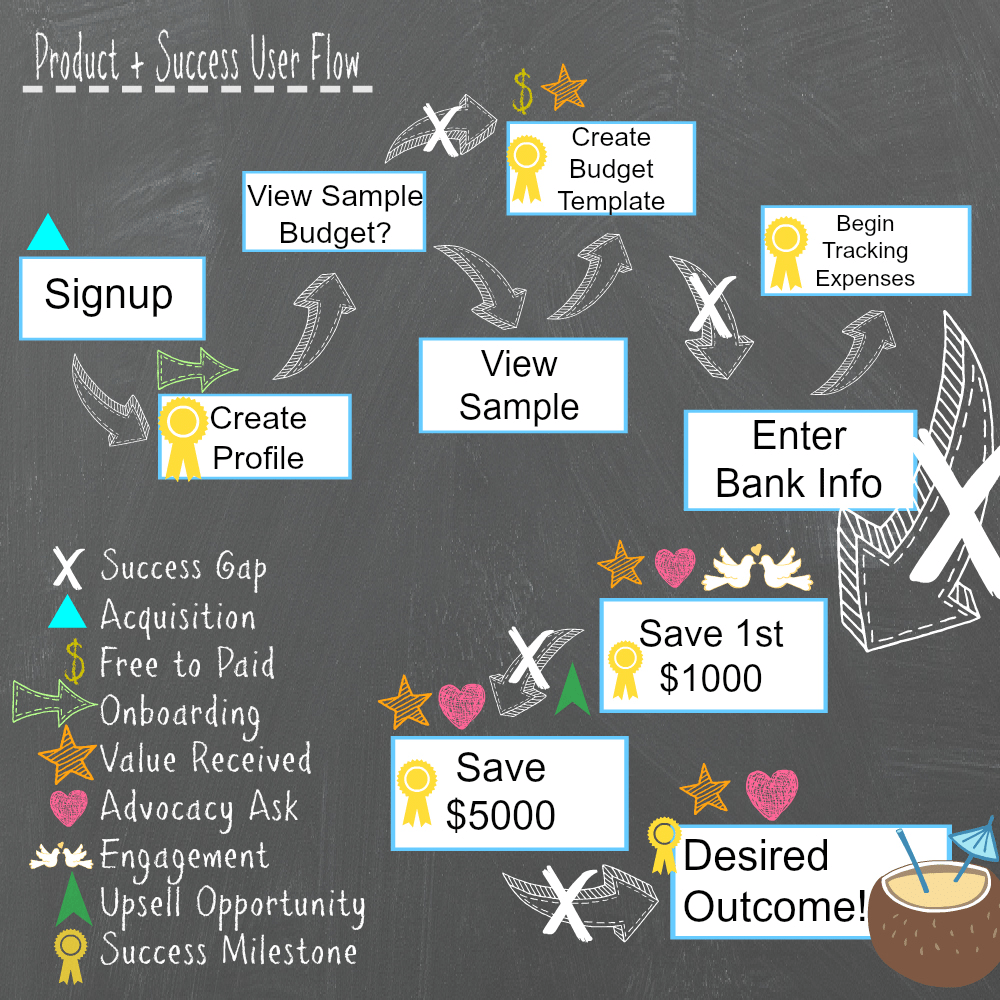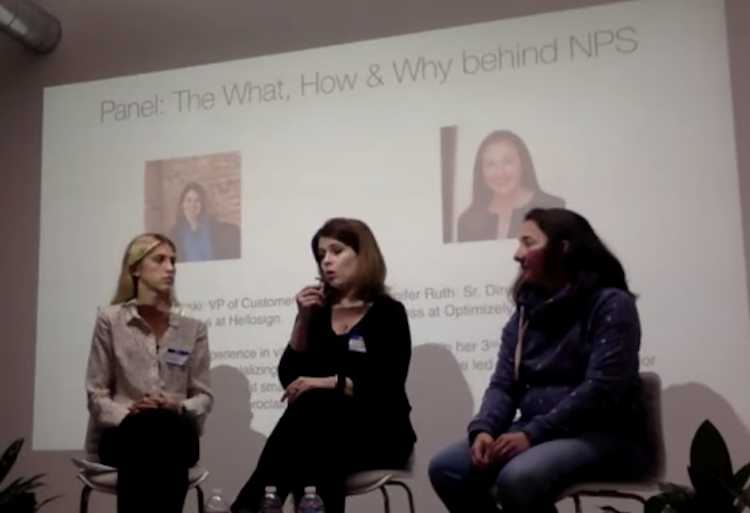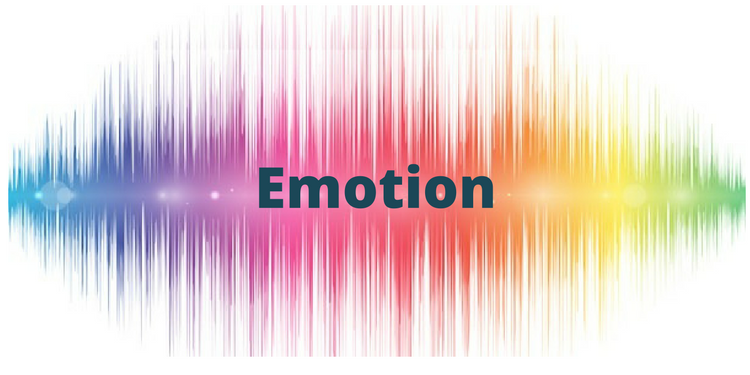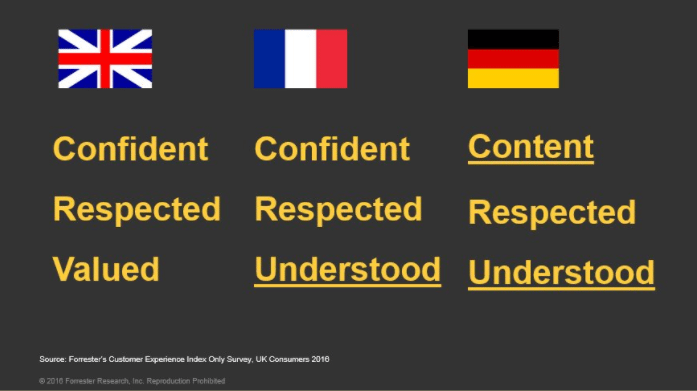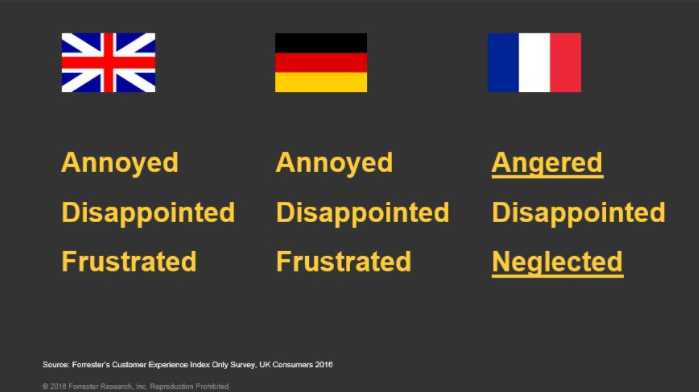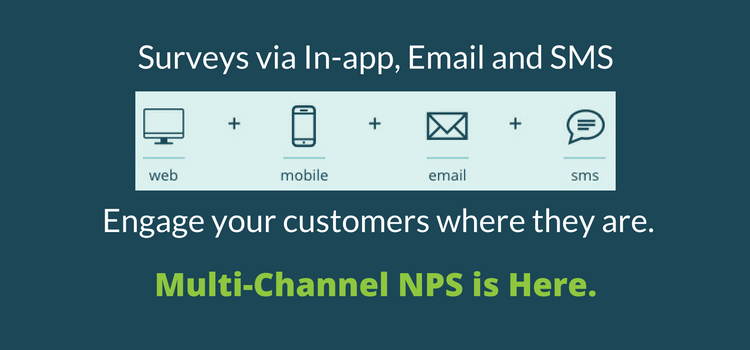
What we call Customer Experience (CX) is the total effect of each interaction between brand and customer over the course of the entire relationship (and it’s really all about how they feel). Positive feelings = effective CX, whether the interaction happens in a SaaS product, on a social media page, a website, over the phone, in person, or driving on the freeway.
This isn’t the same as User Experience – not at all.
Whereas UX is commonly concerned with evaluation of your product or website – a very limited scope – CX encompasses the entire experience of each customer from end-to-end, including touch points on your website, off your website, offline, on mobile, and person-to-person contact. You need both.
Fortunately, UX can be relatively easy to optimize.
Optimizing CX, on the other hand, can seem like an impossibly large task.
But keep in mind: CX is the sum total of specific, concrete, controllable occurrences. You know exactly when and how your customers interact with your brand, right? (No? You should – if it happens online, it’s all trackable). Your task then becomes understanding which CX metrics to track and how to use those metrics to create unbeatable – unforgettable – customer experiences for all.
Why is CXM so important?
Customer Experience Management (CXM or CEM) is a burgeoning field because CX heavily influences the likelihood of three very important actions:
- Repeat purchases
- Referrals
- Complaints
Repeat purchases and referrals are growth engines, decreasing the cost of acquiring new customers, decreasing churn, and increasing lifetime value.
Complaints – especially public ones on review sites – are damaging, influencing untold numbers of prospects to look elsewhere for solutions.
CX can also act as a powerful differentiator in a sea of similar products and services. It’s a key to not only increasing revenue, but also gaining lasting competitive advantage. Studies have shown that 86% of customers are willing to pay more for better CX.
And, in a study published in the Harvard Business Review, researchers found that “Customers who had the best past experiences spend 140% more compared to those who had the poorest past experience.”
It should be a ‘no-brainer,’ but you know how the saying goes: What gets measured gets managed.
First, a summary of the CX measurements we will cover.
The Most Important CX Metrics to Track
-
-
-
Net Promoter Score
-
Customer Satisfaction
-
Customer Effort Score
-
First Response Time
-
Problem Resolution Time
-
Contact Volume by Channel
-
Social Listening Stats
-
Referral & Review Rates
-
-
Now, let’s dig into each one.
8 CX Metrics: Definitions (and What to Do with Them)
-
-
-
Net Promoter Score (NPS)
Net Promoter Score is a simple survey that asks users to rate, on a scale from 1-10, how likely they are to refer the product/service to a friend or colleague. Those who score 9 and 10 are your promoters – they are delighted with your work and are more likely to buy more and bring their friends. People who score below a 6 are detractors. They are not having a good experience, not at all, and are very likely to tell other people about it!
NPS is a classic “brand metric” but product teams, like those at IBM, are using NPS to improve customer experience.
- How to use NPS for CX: We’ve written a whole book on this topic, but here is a new, innovative approach: Use an NPS threshold as a go/no-go milestone before launching a new product or feature out of beta.IBM is developing a new Slack-like communication product for their customers’ teams. Using IBM’s Watson machine learning and NLP (Natural Language Processing) capabilities, this SaaS product can summarize channel conversations for those who don’t have time to wade through all the team chatter. The AI also aims to summon and post in-channel all relevant information about sales opportunities that are discussed by the team. When asked when the product will be on the market, Inhi Cho Suh, General Manager, Collaboration Solutions at IBM, proudly says, “There is no launch date.” She is measuring Net Promoter Score in this new SaaS application to capture real-time feedback, and says the product will only be released when it earns a satisfactory NPS from beta users.
-
-
Get the ebook, The Modern Guide to Winning Customers with Net Promoter Score. Learn eight ways to optimize customer experience with a real-time approach to NPS.
-
-
-
Customer Satisfaction (CSAT)
A CSAT survey asks a customer how satisfied they are with a recent interaction – often a purchase or customer service call – on a rating scale.
- How to use CSAT for CX: This is an incredibly valuable metric to track when you’re trying to optimize for CX, because this metric will show you which specific interactions are most in need of improvement. It is most often used after an interaction with Customer Support. Use it as a compass to point you in the direction of where your attentions are most needed. Depending on your survey program, you can deliver these surveys in-app, and choose various survey formats – even an emoticon scale. Using CSAT at journey points is a new way of leveraging this time-honored metric. For more information on CSAT, check out our previous post.
-
Customer Effort Score (CES)
A CES survey asks the customer “How much effort did you have to expend to handle your request?” and is, perhaps, the most telling metric of how positive your customer’s experience has been. The harder it was for them to get an answer, the worse their experience, and the lower your CX.
 Some say “effortlessness” is the most relevant attribute of customer satisfaction. “If I had to choose only one KPI, I would use Customer Effort Score (CES). While the relative importance of effort as a driver of satisfaction differs depending on your company’s business model — e.g., selling shoes online vs. providing legal advice — it is a measure of one thing that all customers have in common: using your products and services should be as easy as possible. Nobody wants to expend more effort if given the choice.” – Mark Mollet, Customer Experience Manager at Helpling (source).
Some say “effortlessness” is the most relevant attribute of customer satisfaction. “If I had to choose only one KPI, I would use Customer Effort Score (CES). While the relative importance of effort as a driver of satisfaction differs depending on your company’s business model — e.g., selling shoes online vs. providing legal advice — it is a measure of one thing that all customers have in common: using your products and services should be as easy as possible. Nobody wants to expend more effort if given the choice.” – Mark Mollet, Customer Experience Manager at Helpling (source).
- How to use CES for CX: Typically, you’ll deploy a CES survey after a customer support interaction. But, more and more SaaS companies are using these to gauge the effort required during the onboarding process (the point at which users are most likely to churn). The results of the survey will tell you how easy your onboarding process is, and you should see your numbers improve as you work to simplify the process.
-
First Response Time
This is the amount of time it takes a company to respond to a customer query. Customers expect very fast response times, and when brands don’t meet their high expectations, they become frustrated and CX drops. How fast is fast? Studies show that 53% of customers find 3 minutes to be a reasonable response time while waiting for a support agent – by telephone. Email is a bit longer at 24 to 48 hours, but the best companies, like Buffer, work on replying within one hour. And then there’s Live Chat – which requires a nearly instant response.
- How to use First Response Time for CX: The faster the responses, the happier the customers – that’s a correlation that nearly always holds true. But, of course, if it were easy, everyone would do it! So how can we make faster response times easier? One way is by creating a Slack community for customers. ProdPad’s Director of Customer Success observed that email and Twitter weren’t creating the levels of customer engagement they were hoping for (which they knew because they were tracking those metrics). So they created a Slack community specifically for their customers to get instant, direct help, both from the brand and from other customers. Customers don’t even have to participate to get value – they can learn from everyone else. The results speak for themselves: 99% of their churn is from customers who are not part of the Slack community.
-
Problem Resolution Time
How fast can you solve a customer’s problem? Or, let’s put it another way: How many people does the customer speak with before the issue is solved? As a customer, there are few experiences more frustrating than speaking to someone who is incapable of solving your problem, then being bounced around to several other people who also are not equipped (not knowledgeable, not permitted, not empowered enough) to offer a solution. This is what Problem Resolution Time measures. You can get the answer with a simple survey, sent after a customer support interaction is completed, asking how long it took to solve the problem.
- How to use Problem Resolution Time for CX: This metric serves to alert you to problems that affect the efficacy of your customer support program. You’ll probably need to do additional digging to get to the root of the problem (insufficient training? Are agents not empowered to handle issues without managerial oversight? Is it difficult to transfer customers to the appropriate person quickly?). You may not be able to find a quick fix, but once you solve these issues, your CX will improve drastically.
-
Contact Volume by Channel
Paying attention to volumes of calls and the number of inquiries you receive may not seem like the key to increasing customer happiness, but Buffer says it is. (Note: A high volume of service tickets isn’t necessarily a bad sign – it means customers want to be successful with your product. It’s the quiet customers you should worry about!)
- How to use Contact Volume by Channel for CX: Buffer checks for spikes that indicate rushes in support traffic at certain times of day, which they then use to allocate service employees and resources so they are ready to meet demand. Of course, they always have a “buffer” to handle sudden support demands also. Not only does Buffer look for patterns in volume – they also track which channels their customers use most (emails, chat), and which questions are most frequently asked. That way, they know how cost effective it is to create a self-serve knowledge base, or find other methods to quickly and efficiently answer questions.
-
Social Listening Stats
Listening to the conversations happening about you via mention.com, or some other tool, and jumping into the conversation can create a community-like, welcoming customer experience that reaches very early in the sales funnel, all the way down to the Customer Success stage. Buffer is really good at this.
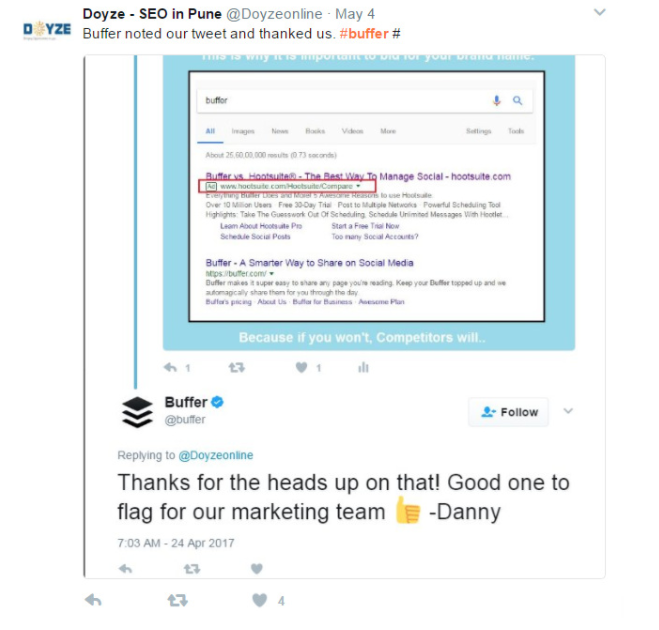
- How to use Social Listening for CX: By monitoring your mentions in real-time, and allotting the human-power to respond in real-time, you’re creating an additional touchpoint with your brand – and another opportunity for positive, interactive, engaging experiences. The best part is: You’re doing it in public. Some potential metrics to use to help with social listening include how many people are talking about you, how many comments hashtag your brand, support reach-outs, Twitter chat participation, and of course, mentions.
-
Referral & Review Rates
Perhaps the most accurate measure of customer experience is the oldest: word-of-mouth recommendations (aka. referrals and reviews). NPS measures the willingness to refer, but only tracking actual referrals and reviews will give you the genuine numbers.
- How to use Referral & Review Rates for CX: Tracking referrals and reviews requires a combination of social listening and a trackable customer advocacy program (which works hand-in-hand with tracking NPS to identify promoters early and encourage them to act). Referrals and reviews not only measure how successful your customer experience efforts are, they can also encourage a sense of personalization and interactivity – but only if you respond and reward these highly valuable behaviors!
-
-
Customer Experience is truly the key to retention and growth at its most fundamental levels. When customers love your products, enjoy working with you, feel good about asking questions (and getting prompt answers), and come out of each interaction feeling good about you and themselves, growth and profit are natural byproducts.
However, as natural as this is, when you need to create these positive experiences at scale, you have to track your successes and failures, understand which metrics have the most impact, and come up with creative ways to make your target customers smile at each touchpoint. It’s a tall order, true. But doable.
Improve CX! Sign up today for free NPS, CSAT or CES feedback with Pearl-Plaza.





